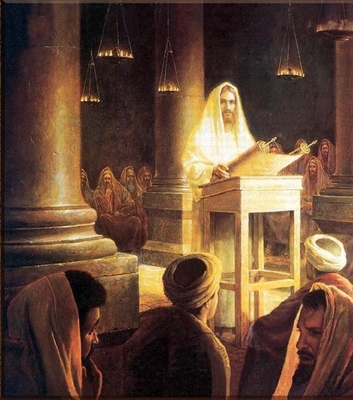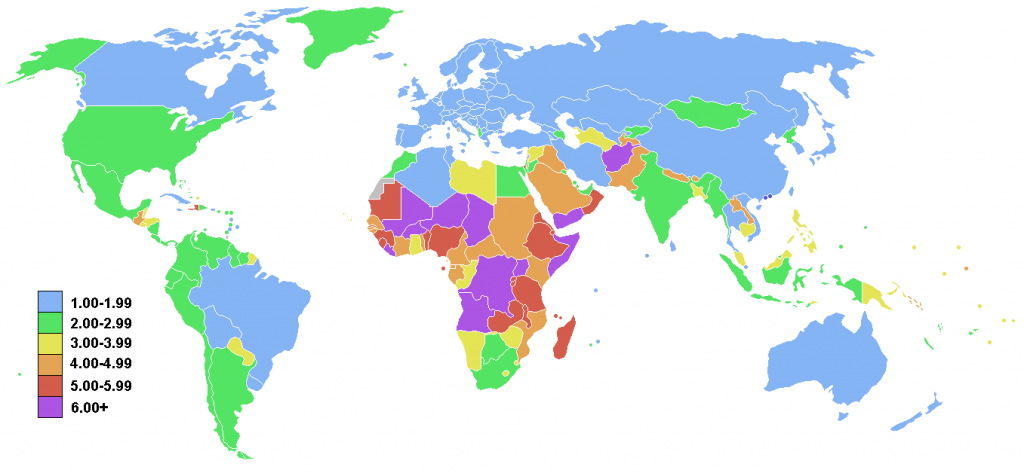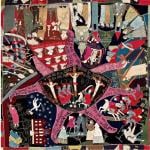Looking at the map above, I recall the whole Blue State/Red State trope here in the U.S., but with a twist: if you live in a Blue State in the map above, you are facing extinction. But it doesn’t have to be that way.
I almost titled this post, “The Myth of Overpopulation,” but I didn’t because I think the word myth would have been used improperly if I did. Checking the Merriam-Webster dictionary, I find the following definitions for the word,
Definition of MYTH
1
a : a usually traditional story of ostensibly historical events that serves to unfold part of the world view of a people or explain a practice, belief, or natural phenomenon
b : parable, allegory2
a : a popular belief or tradition that has grown up around something or someone; especially : one embodying the ideals and institutions of a society or segment of society
b : an unfounded or false notion3
: a person or thing having only an imaginary or unverifiable existence4
: the whole body of myths
It turns out that I could have used the word in the narrow sense found in 2 b) an unfounded or false notion, but I think I’ll just stick with the word lie instead. It’s clearer, you see. Less ambiguous, nebulous, or opaque. Besides, a myth can be true, as J.R.R.Tolkien argued persuasively to Jack Lewis.
No, I’ll stick with the word lie, and share the following article by David P. Goldman, (h/t to Edward Feser’s link post) published in the Asia Times Online. Goldman, writing as “Spengler”, is the author of How Civilizations Die (And Why Islam is Dying Too). Here is a brief excerpt from the preface of that book.
But why are Muslims – and Europeans, and Japanese – living under a societal death sentence? Why are populations collapsing in the modern world? Demographers have identified several different factors associated with population decline: urbanization, education and literacy, the modernization of traditional societies. Children in traditional society had an economic value, as agricultural labor and as providers for elderly parents; urbanization and pension systems turned children into a cost rather than a source of income. And female literacy is a powerful predictor of population decline among the world’s countries. Mainly poor and illiterate women in Mali and Niger bear eight children in a lifetime, while literate and affluent women in the industrial world bear one or two.
But what determines whether it is one child or two? Children also have a spiritual value. That is why the degree of religious faith explains a great deal of the variation in population growth rates among the countries of the world. The industrial world’s lowest fertility rates are encountered among the nations of Eastern Europe where atheism was the official ideology for generations. The highest fertility rates are found in countries with a high degree of religious faith, namely the United States and Israel. And demographers have identified religion as a crucial factor in the differences among populations within countries. When faith goes, fertility vanishes, too. The death-spiral of birth rates in most of the industrial world has forced demographers to think in terms of faith. Dozens of new studies document the link between religious belief and fertility.
But why do some religions seem to provide better protection against the sterilizing effects of modernity than others? The fastest demographic decline ever registered in recorded history is taking place today in Muslim countries; demographic winter is descending fastest in the fifth of the world where religion most appears to dominate. And even more puzzling: why does one religion (Christianity) seem to inoculate a people against demographic decline in one place (America) but not in another (Europe)? In many parts of the world, what once looked like an indestructible rock of faith has melted in the hot light of modernity. In others, modernity has only added compost for the growth of faith. Apparently some kinds of faith will survive in the modern world, and others will fail.
Strategic analysts and politicians are poorly equipped to understand these new and disturbing circumstances, with their overarching implications for political strategy and economics. To make sense of the world today we must do better than secular political science, which pigeon-holes faith as one more belief-structure among the other belief-structures in its collection of specimens.
Our political science is uniquely ill-equipped to make sense of a global crisis whose ultimate cause is spiritual. But this was not always so. From the advent of Christianity to the seventeenth-century Enlightenment, the West saw politics through the lens of faith. St Augustine’s fifth-century treatise The City of God looked through the state to the underlying civil society, and understood that civil society as a congregation – a body bound together by common loves, as opposed to Cicero’s state founded only on common interests. (In the concluding chapter, we will consider Augustine’s view as a lodestar for an American foreign policy that realistically addresses the threats created by the imminent demographic collapse of nations.)
We might call Augustine’s view “theopolitics.” A millennium later, Niccolo Machiavelli and Thomas Hobbes changed the subject, to the individual’s desire for power, wealth, and personal survival. Hobbes, the 17th-century grandfather of modern political science, introduced a radically truncated anthropology, centered on the individual’s struggle for survival. The state, he argued, was a compact among individuals who survival prospects were poor in a “state of nature”; thus they ceded their individual rights to a sovereign in return for protection. A century later Montesquieu added differences in climate, terrain, and resources to the mix. The modern view of atomized man motivated only by the pursuit of material advantage is loosely known as “geopolitics”.
The full article is three pages long, but you really should go read the rest. Irony Alert: You may see advertisements touting the availability of “soulful Russian women.” As I recall, the fertility of women in the former Soviet Union had fallen off a cliff.
But forget my “recollections” and just check out the CIA World Factbook citation on World Fertility Rates. Again, if you really want to be a radical, a real “boat rocker,” decide that you want to settle down, get married, and have kids. And stop trying to prevent other folks from having babies, stop advocating abortion, and golly, when it is all said and done, just admit that the Catholic Church is right on issues of life.
If I’ve said it once, I’ve said it a million times: life makes the world go ’round. But God said it first, and then acted upon His Word when he pitched his tent among us.
A thief comes only to steal and slaughter and destroy; I came so that they might have life and have it more abundantly.
Believe the lie, or believe God. Even Mammon believes, and trembles in fear.













